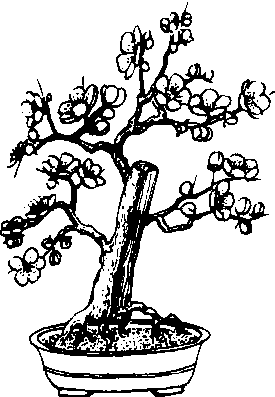劈干式盆景splitting trunkstyle
植物盆景中劈开主干的造型形式。将截干后的粗壮主干连同根部一劈为二,斜栽盆中,有的还在上口改接良种,构成劈干的造型式样。具枯茂相映的特色。常作孤植布置。多用于梅花盆景造型。劈梅盆景为苏州邓蔚地区传统的特色造型。

劈干式盆景
| 词条 | 劈干式盆景 |
| 类别 | 中文百科知识 |
| 释义 | 劈干式盆景splitting trunkstyle植物盆景中劈开主干的造型形式。将截干后的粗壮主干连同根部一劈为二,斜栽盆中,有的还在上口改接良种,构成劈干的造型式样。具枯茂相映的特色。常作孤植布置。多用于梅花盆景造型。劈梅盆景为苏州邓蔚地区传统的特色造型。
劈干式盆景 |
| 随便看 |
开放百科全书收录579518条英语、德语、日语等多语种百科知识,基本涵盖了大多数领域的百科知识,是一部内容自由、开放的电子版国际百科全书。